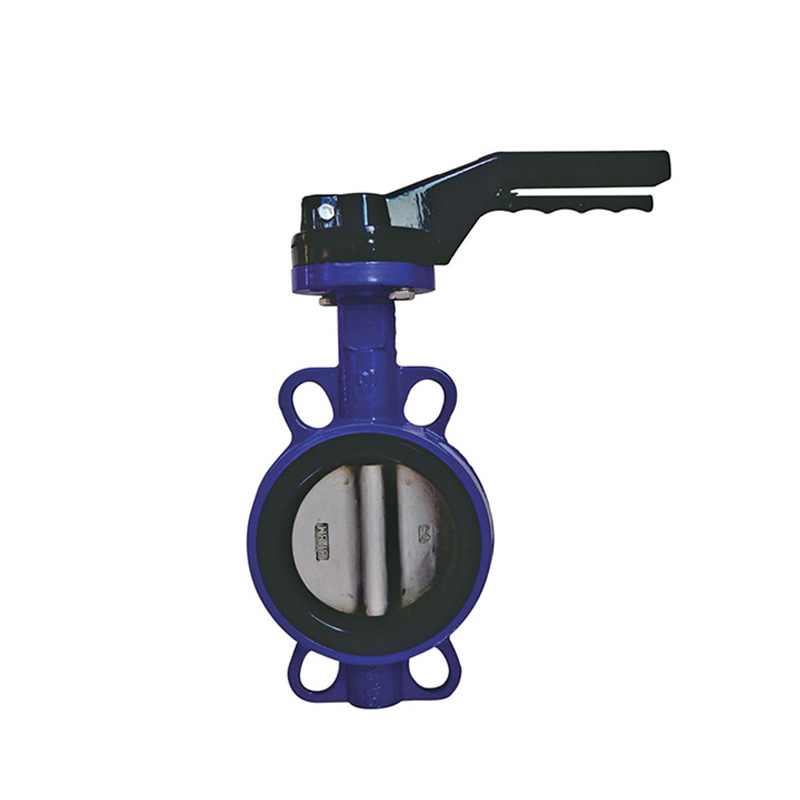Lis . 13, 2024 04:28 Back to list
swing type check valve
Understanding Swing Type Check Valves An Essential Component in Fluid Mechanics
Swing type check valves are crucial components in various fluid systems, used to prevent the backflow of liquids and gases. As part of a larger network of piping and control systems, these valves ensure the efficient and safe operation of many industries, including water treatment, petrochemical, and HVAC systems.
The fundamental principle behind a swing type check valve is relatively simple it allows fluid to flow in one direction while automatically blocking reverse flow. This function is achieved through a hinged disc or flap that swings open when fluid flows in the prescribed direction and closes tightly against the valve seat when flow attempts to reverse. This design minimizes the risk of backpressure, which can potentially damage equipment and disrupt processes.
One of the key advantages of swing type check valves is their versatility. They can be utilized in a variety of applications ranging from large-scale industrial pipelines to smaller residential plumbing systems. Their simplicity in design contributes to their effectiveness, as fewer moving parts mean less chance of mechanical failure. Furthermore, they are available in different materials such as cast iron, stainless steel, and plastic, allowing for compatibility with various media, whether aggressive chemicals or clean water.
swing type check valve

When selecting a swing type check valve, several factors must be considered to ensure efficiency and longevity
. The valve's sizing is crucial; it should match the existing pipeline dimensions to prevent issues related to turbulence or excessive velocity. Additionally, the pressure rating of the valve must align with the system's operational pressures to avoid failure. The installation orientation also plays a significant role; these valves are typically installed in horizontal piping systems, though vertical installations can be viable under specific conditions.Another important aspect of swing type check valves is their maintenance. Although they are designed to be low-maintenance, regular inspections are advisable to ensure the flap is not obstructed and that the sealing surfaces remain undamaged. Any debris caught in the valve could hinder its operation and lead to leaks or reverse flow, negating the valve's protective function.
In terms of system efficiency, using a swing type check valve contributes to energy savings. Their design allows for minimal pressure drop in the flow direction, which can lead to lower pumping costs. This characteristic, combined with their ability to prevent backflow, increases the overall efficiency of the system, making them an economically sound investment.
In summary, swing type check valves represent an essential element of fluid control systems. Their capability to secure systems against backflow, coupled with ease of maintenance and energy efficiency, makes them a preferred choice in various applications. Proper selection and installation will enhance the reliability and longevity of fluid systems, affirming the significance of these seemingly simple yet effective devices in engineering and industrial practices. As industries continue to evolve, the importance of reliable fluid control measures, such as swing type check valves, will undoubtedly grow, underscoring their role in modern infrastructure.
Share
-
Reliable Wafer Type Butterfly Valves for Every IndustryNewsJul.25,2025
-
Reliable Flow Control Begins with the Right Ball Check ValveNewsJul.25,2025
-
Precision Flow Control Starts with Quality ValvesNewsJul.25,2025
-
Industrial Flow Control ReliabilityNewsJul.25,2025
-
Engineered for Efficiency Gate Valves That Power Industrial PerformanceNewsJul.25,2025
-
Empowering Infrastructure Through Quality ManufacturingNewsJul.25,2025